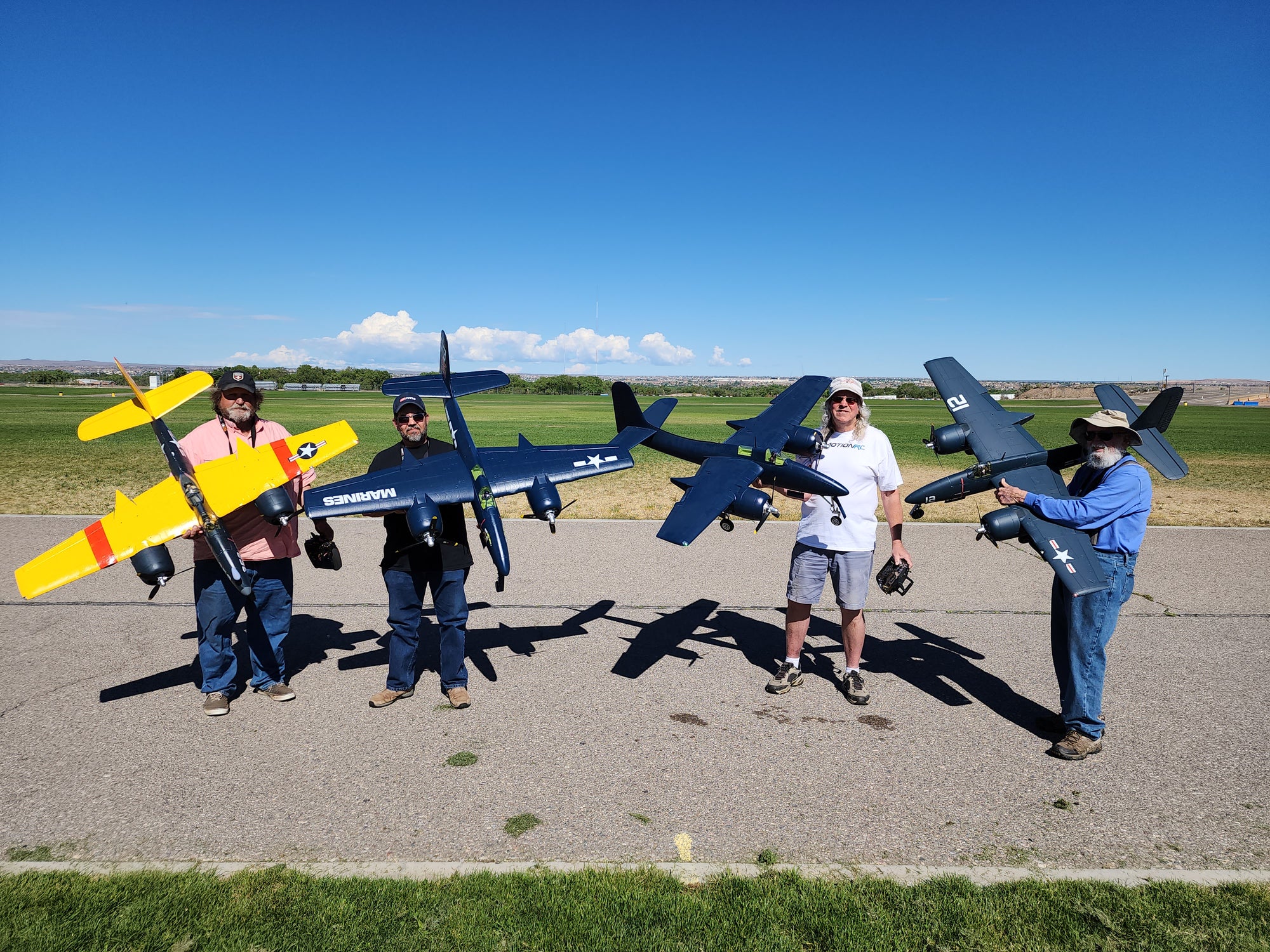Unlock the Skies: Discover the Perfect Beginner Radio-Controlled Airplane for Your First Flight!
Welcome to the exhilarating world of radio-controlled airplanes! For many, the idea of piloting a miniature aircraft brings a sense of adventure and excitement. Whether you’ve witnessed an aerial display at a local park or seen friends soaring their planes at a field, the allure of taking control of your own aircraft is undeniable. But as a beginner, where do you start? This article will guide you through the essential aspects of radio airplanes for beginners, from understanding how they work to choosing the right model for your first flight. You'll discover how to navigate the learning curve and what to expect as you embark on this thrilling hobby. Let’s dive in and explore the skies!

Understanding Radio-Controlled Airplanes
Radio-controlled airplanes, often referred to as RC planes, are aircraft that are controlled remotely using a radio transmitter. These planes operate using a combination of several key components: the transmitter, receiver, servos, and the aircraft itself. The transmitter is the handheld device that sends signals to the plane, while the receiver, housed within the aircraft, picks up these signals and translates them into actions such as moving the rudder or ailerons. Servos are small devices that convert the signals from the receiver into physical movements, allowing for precise control of the plane. Most RC airplanes are powered by electric motors or internal combustion engines, with electric models being particularly popular among beginners for their simplicity and ease of use. Understanding these basic components is crucial for any novice pilot, as it lays the groundwork for effective operation and troubleshooting.
Types of Radio-Controlled Airplanes for Beginners
When it comes to choosing a radio-controlled airplane as a beginner, several types cater to those just starting in the hobby. Each type has its own unique characteristics, advantages, and disadvantages. The most common categories include gliders, trainer planes, and ready-to-fly models. Gliders are designed for soaring and can stay aloft for extended periods, requiring minimal power and offering a gentle flying experience. Trainer airplanes, on the other hand, are specifically built with stability in mind, making them easier to control for novice pilots. Finally, ready-to-fly models come pre-assembled and are often the most convenient option for beginners who want to get flying as quickly as possible. Each of these types provides a different experience, allowing new pilots to find the best fit for their interests and skill levels.
Gliders
Gliders are unique in that they rely on rising air currents to maintain flight, which makes them an excellent choice for beginners who are interested in a more relaxed flying experience. These lightweight planes are typically constructed of foam or balsa wood, making them easy to handle and transport. The lack of a motor also means that gliders are quieter and can be flown in various environments, including parks and open fields. My friend once shared how he spent a whole afternoon launching his glider off a small hill, enjoying the serene experience of watching it glide effortlessly against the backdrop of a clear blue sky. Gliders are not only fun to fly but also teach valuable lessons in aerodynamics and flight mechanics.
Trainers
Trainer airplanes are specifically designed to be stable and forgiving, making them ideal for beginners who may struggle with control at first. These planes typically feature a high-wing design, which provides better stability in flight and helps prevent stalling. Additionally, trainer planes often come equipped with features such as dual rates and stabilization systems, allowing for a smoother learning curve. I remember my first experience with a trainer plane; it flew beautifully and gave me the confidence to practice my maneuvers without the fear of crashing. This type of aircraft is an excellent stepping stone for those looking to advance their flying skills.
Ready-to-Fly Models
Ready-to-fly (RTF) models are perfect for beginners who want an easy entry into the world of radio-controlled flying. These planes come pre-assembled, requiring little to no setup before your first flight. Most RTF models include everything you need, such as the airplane, transmitter, and battery, making it a hassle-free option for those eager to start flying. However, it’s essential to familiarize yourself with the controls and the basic functionality of the aircraft before taking off. A friend of mine chose an RTF model as his first airplane and found it to be an excellent choice for learning, as he could focus on flying rather than construction.
Features to Look for in a Beginner Radio-Controlled Airplane
When selecting a radio-controlled airplane as a beginner, there are several key features to consider. First, the size and weight of the airplane can significantly impact its flight characteristics. A lighter plane is generally easier to control and more forgiving of pilot errors. Battery life is another crucial factor; look for models that offer a reasonable flight time to maximize your enjoyment. Additionally, ease of assembly is vital, especially for those new to the hobby. Some planes come as a kit that requires assembly, while others are RTF, requiring no assembly at all. Lastly, consider the flying environment—if you plan to fly in small parks, a smaller model will be more suitable than a larger one. Make sure you choose an airplane that aligns with your preferences and flying style to ensure a rewarding experience.
Getting Started: Tips for New Pilots
As you prepare to take to the skies, there are a few practical tips to keep in mind. First, choose a suitable flying location; open fields away from people and obstacles are ideal for beginners. Understanding local regulations regarding flying RC planes is also essential, as some areas have specific rules or restrictions. Safety should always be a priority, so take the time to practice basic flight maneuvers on calm days to build your confidence. Many local clubs offer beginner training programs, which can provide you with valuable resources and mentorship. Additionally, consider watching online tutorials or joining forums to connect with fellow enthusiasts. These resources can enhance your learning experience and help you navigate challenges along the way.
Enjoying Your Journey with RC Airplanes
Embarking on the journey of flying radio-controlled airplanes can be an incredibly rewarding hobby filled with joy and excitement. By understanding the different types of planes available, considering essential features, and following practical tips for safety and control, you can set yourself up for success as a beginner. Remember that practice is key, and with dedication, you’ll soon be soaring through the skies with confidence. The world of RC flying is vast and varied—embrace it, explore it, and most importantly, enjoy every flight!








